Agriculture
For years, the growing use of plastics in agriculture has helped farmers increase crop production, improve food quality and reduce the ecological footprint of their activity. Not only do plastics allow for vegetables and fruits to be grown whatever the season, but these products are usually of better quality than those grown in an open field.
A wide range of plastics are used in agriculture, including, polyolefin, polyethylene (PE), Polypropylene (PP), Ethylene-Vinyl Accetate Copolymer (EVA), Poly-vinyl chloride (PVC) and, in less frequently, Polycarbonate (PC) and poly-methyl-methacrylate (PMMA). These plastics provide:
• Innovative and sustainable solutions: Thanks to the use of different plastics in agriculture, water can be saved and crops can even be planted in deserted areas. Plastic irrigation pipes prevent waste of water and nutrients, rain water can be retained in reservoirs built with plastics, and the use of pesticides can be reduced by keeping crops in a closed space such as a greenhouse or, for mulching, under a plastic film. Moreover, the emissions of pesticides in the atmosphere will be reduced as they will remain fixed on the plastic cover.
• Recycling and recovery opportunities: At the end of their life cycle, agricultural plastics such as greenhouse covers can be recycled. Once retrieved from the fields, plastics are usually washed to eliminate sand, herbs and pesticides, before being grinded and extruded into pellets. The material can then be used again in the manufacturing of articles such as outdoor furniture. When recycling is not viable, energy can be obtained from agricultural plastic waste in a process called co-combustion.
Key applications
|
Greenhouses: Greenhouses are like intensive-care units. Thanks to them, plants are exposed to the sunlight and can grow in ideal conditions according to their physiological properties. The use of greenhouses indeed provides farmers with the possibility to create the appropriate environmental conditions that plants require for faster and safer growth, to avoid extreme temperatures and protect crops from harmful external conditions. |
 |
|
Tunnels: Tunnels have the same features as greenhouses, except for their complexity and their height. Crops that are the most commonly cultivated in tunnels are asparagus, watermelon, etc. |
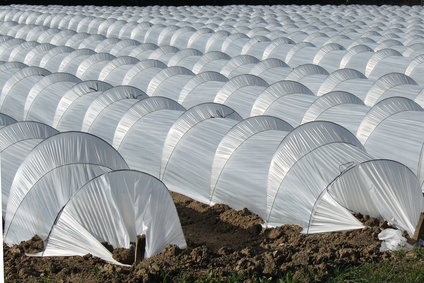 |
|
Mulching: Mulching or covering the ground with plastic film helps maintain humidity as evaporation is reduced. It also improves thermal conditions for the plant’s roots, avoids contact between the plant and the ground and prevents weed from growing and competing with for water and nutrients. |
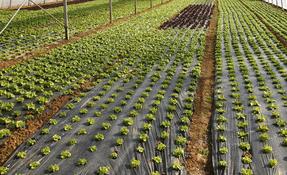 |
|
|
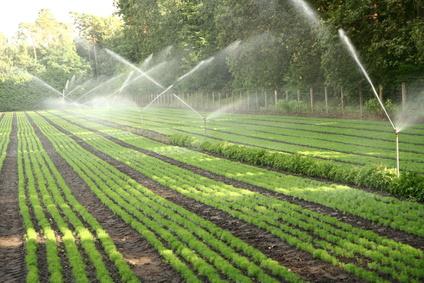 |
|
|
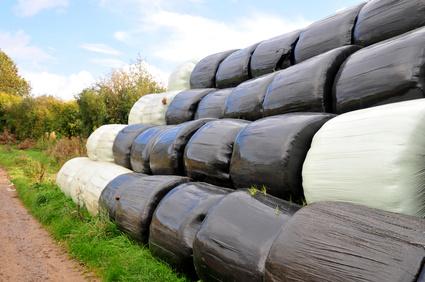 |
Other plastic applications include boxes; crates for crop collecting, handling and transport; components for irrigation systems like fittings and spray cones; tapes that help hold the aerial parts of the plants in the greenhouses, or even nets to shade the interior of the greenhouses or reduce the effects of hail. |
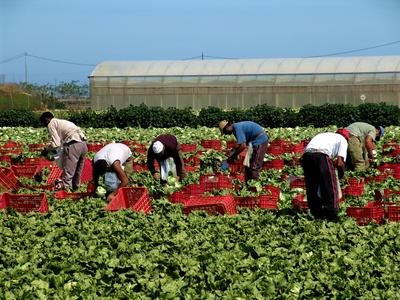 |
